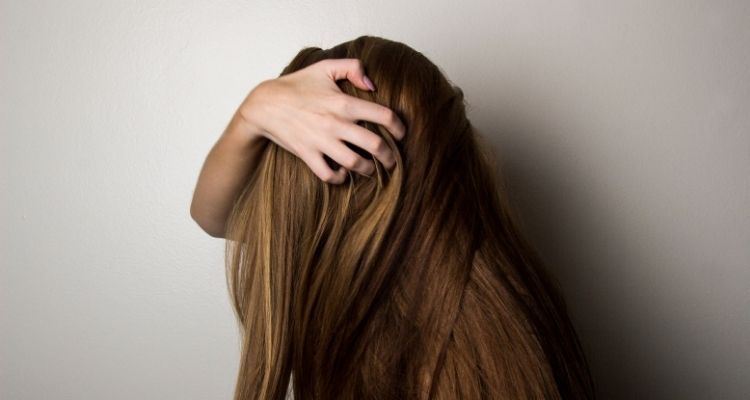Nearly one-third of women in the world experience hair fall and rapid hair loss at some point in their lives. Hair loss in women can cause a greater impact than it does on men, according to some studies.
Hair loss can be a horrific experience, especially for women facing hair loss at younger ages. Alopecia, a condition characterized by hair thinning and hair fall, can have ill-effects on a woman’s well-being and self-confidence.
Androgenetic alopecia or female pattern hair loss begins with gradual thinning of hair at the part line of the head, followed by increasing diffuse hair loss radiating from the top of it. Women’s hairlines rarely recede or undergo balding, unlike with male pattern balding.
Multiple risk factors cause hair loss in women that include medical conditions, reactions to medication, stress, or genetics. To determine the best hair loss treatment for females, it is important to consult your dermatologist.
You will want to check for the condition causing your condition and what kind of treatment would work for you. Hair loss can be frustrating, but in recent years a lot of medical treatments have been advanced to combat this problem.
Diagnosing Female pattern baldness
Every hair develops from a follicle, which is a narrow pocket present in the skin. Each hair undergoes three phases of growth, the active growth phase or Anagen, the transition phase or Catagen, and the resting phase or Telogen.
A clinical dermatologist diagnoses alopecia by conducting a medical history test and examination of the scalp.
They will observe the patterns of hair loss, check for inflammation or infection, and also do a blood check to determine underlying conditions like hyperthyroidism. If any signs point to hormonal changes, a hormonal evaluation will be recommended as well.
Treatment:
Various treatment options help women suffering from alopecia. They are prescribed based on the existing condition and the stage of hair loss a patient is at. Some of those include:
- Minoxidil: This is a drug that was initially meant to be a treatment for high blood pressure. People noticed that there was regrowth of hair in areas they were losing it, after using the medication. Now it is an FDA approved over-the-counter medicine used to treat hair loss in women.
It can produce or promote hair growth but it cannot restore the full density of lost hair. The results of this drug only peak after four months of using them, so a trial period of six months is recommended to see if it works for you.
If it does, you’ll have to use it long term as your hair will begin to fall once you stop. You can massage this solution lightly on the area where you notice hair loss. Use it on a dry and clean scalp and air dry your hair after. Do not shampoo until a minimum of four hours after usage.
- Anti-androgens: Androgens are testosterone and other male hormones in the body that promote accelerated hair loss in women. Women who do not see a difference with Minoxidil benefit from using an anti-androgen for treatment of alopecia.
For women facing hair loss due to PCOS especially see great results with this treatment. Doctors recommend this medication with an oral contraceptive for women who are of reproductive age.
- Iron Supplements: Iron deficiencies can cause hair loss along with other conditions in women. If your blood work comes back with low blood iron levels, especially if you’re a vegetarian or have a medical history of anemia, your doctor will prescribe iron supplements.
For women with heavy menstrual bleeding too, iron supplements can help prevent rapid hair loss. If your iron level is normal, taking supplements will cause side effects, which is why you need to consult your doctor.
- Hair transplant: This is a procedure that is used to surgically graft patches of hair from a donor site with good growth onto the balding site on the scalp. This procedure is a restorative process aimed at regaining lost hair by promoting hair growth, advanced hair transplants today help people regain their hair and treat hair loss.
This process is a permanent treatment and involves making incisions on the scalp and donor sites. It is also recommended that people wait to reach at least thirty-five years of age before considering it.
This is because doctors wait for hair loss to stabilize before presenting this as an option. If you get the surgery before at a stage where your hair loss is growing, there are chances the condition can be aggravated.
Alopecia is a huge and troublesome condition that affects many women. Fortunately, we live in a time where the best treatments for hair loss in women are easily available to the people dealing with this.

